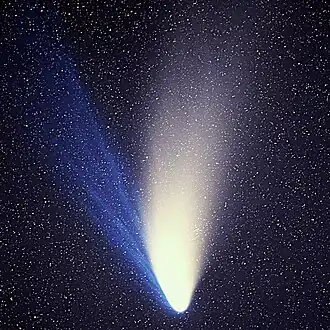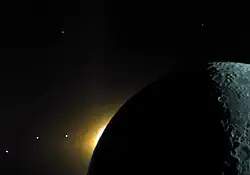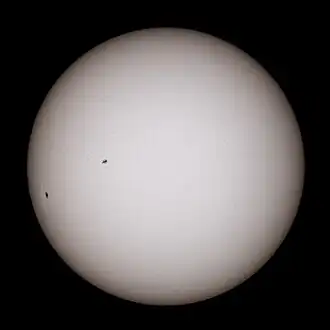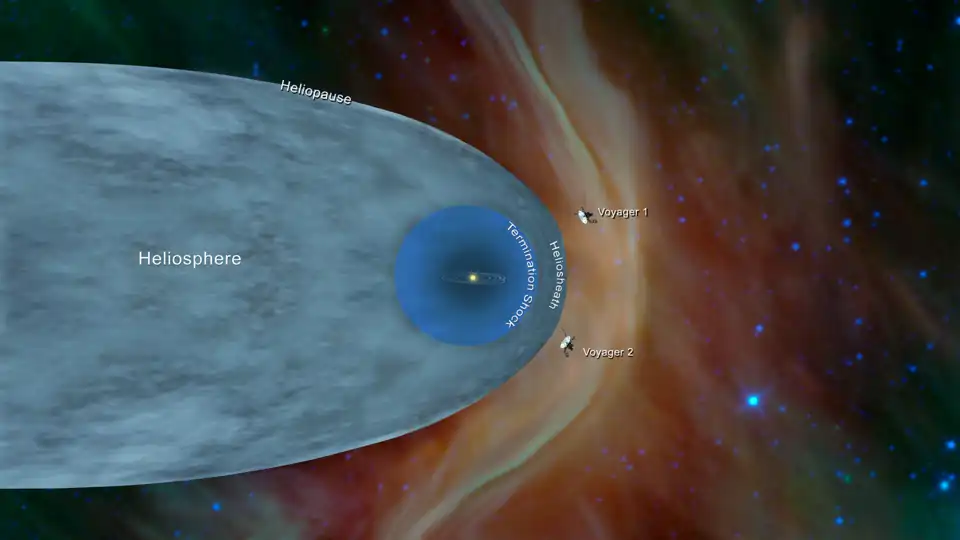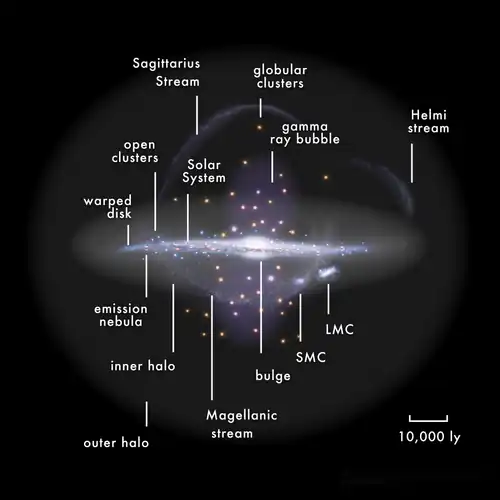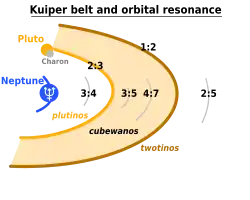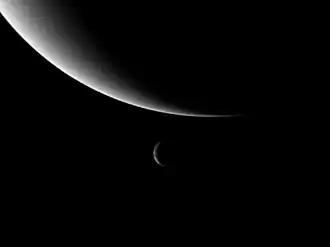Portal:Solar System
The Solar System Portal

The Solar System consists of the Sun and the objects that orbit it. The name comes from Sōl, the Latin name for the Sun. It formed about 4.6 billion years ago when a dense region of a molecular cloud collapsed, creating the Sun and a protoplanetary disc from which the orbiting bodies assembled. The fusion of hydrogen into helium inside the Sun's core releases energy, which is primarily emitted through its outer photosphere. This creates a decreasing temperature gradient across the system. Over 99.86% of the Solar System's mass is located within the Sun.
The most massive objects that orbit the Sun are the eight planets. Closest to the Sun in order of increasing distance are the four terrestrial planets – Mercury, Venus, Earth and Mars. Only the Earth and Mars orbit within the Sun's habitable zone, where liquid water can exist on the surface. Beyond the frost line at about five astronomical units (AU), are two gas giants – Jupiter and Saturn – and two ice giants – Uranus and Neptune. Jupiter and Saturn possess nearly 90% of the non-stellar mass of the Solar System.
There are a vast number of less massive objects. There is a strong consensus among astronomers that the Solar System has at least nine dwarf planets: Ceres, Orcus, Pluto, Haumea, Quaoar, Makemake, Gonggong, Eris, and Sedna. Six planets, seven dwarf planets, and other bodies have orbiting natural satellites, which are commonly called 'moons', and range from sizes of dwarf planets, like Earth's Moon, to moonlets. There are small Solar System bodies, such as asteroids, comets, centaurs, meteoroids, and interplanetary dust clouds. Some of these bodies are in the asteroid belt (between Mars's and Jupiter's orbit) and the Kuiper belt (just outside Neptune's orbit).
Between the bodies of the Solar System is an interplanetary medium of dust and particles. The Solar System is constantly flooded by outflowing charged particles from the solar wind, forming the heliosphere. At around 70–90 AU from the Sun, the solar wind is halted by the interstellar medium, resulting in the heliopause. This is the boundary to interstellar space. The Solar System extends beyond this boundary with its outermost region, the theorized Oort cloud, the source for long-period comets, extending to a radius of 2,000–200,000 AU. The Solar System currently moves through a cloud of interstellar medium called the Local Cloud. The closest star to the Solar System, Proxima Centauri, is 4.25 light-years (269,000 AU) away. Both are within the Local Bubble, a relatively small 1,000 light-years wide region of the Milky Way. (Full article...)
Selected article –
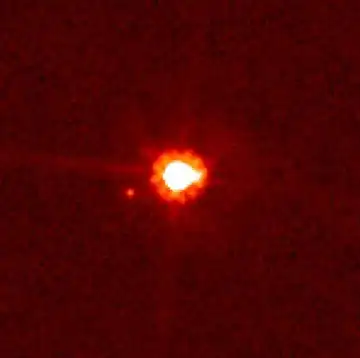
Eris has one large known moon, Dysnomia. In February 2016, Eris's distance from the Sun was 96.3 AU (14.41 billion km; 8.95 billion mi), more than three times that of Neptune or Pluto. With the exception of long-period comets, Eris and Dysnomia were the most distant known natural objects in the Solar System until the discovery of 2018 AG37 and 2018 VG18 in 2018. (Full article...)
Selected picture
General images
The following are images from various Solar System-related articles on Wikipedia.
Did you know –
- ... that Jupiter is the only planet capable of pulling an interstellar comet into a Sun-centered orbit?
- ...that the Solar Sentinels, a NASA spacecraft designed to study the Sun, will have to survive at distances from the Sun only one-quarter of Earth's distance?
- ...that just over 50 kilometres above its surface, the atmosphere of Venus has very similar pressure and temperature as does Earth, making it the most Earth-like area in the Solar System?
- ...that NASA conducts field trials, called Desert RATS, for new technologies for manned exploration of the surface of the Moon, Mars, or beyond?
- ...that ridges and escarpments in the Victoria quadrangle of the planet Mercury have been associated with the stresses caused by the Sun slowing Mercury's rotation through tidal forces?
- ...that J002E3 was at first thought to be a new moon of Earth when discovered in 2002 but was later found to be the third stage of the Apollo 12 Saturn V?
- ...that the Tooting impact crater on Mars was named after the London suburb of the same name because the discoverer "thought [his] mum and brother would get a kick out of having their home town paired with a land form on Mars"?
- ...that 99% of the mass of the Carme group, a group of retrograde irregular satellites of Jupiter, is located in Carme?
Categories
| Solar System | ||
|---|---|---|

|
||
| Celestial mechanics | Comets | ...in fiction |
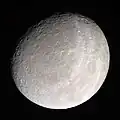
|
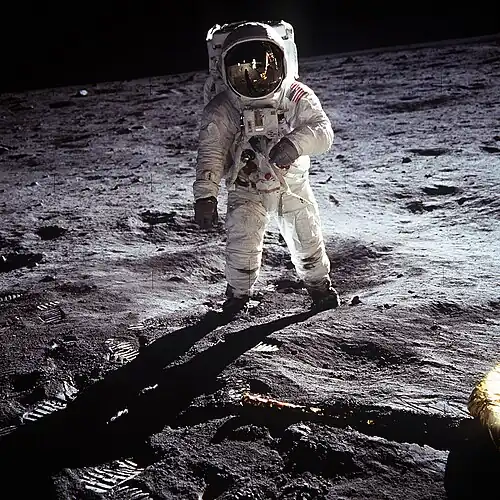
| |
| Minor planets | Moons | Planetary missions |

|
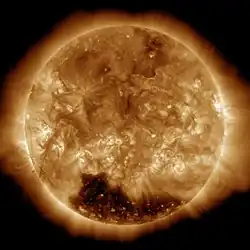
|
.jpg)
|
| Planets... | Sun | Surface feature nomenclature... |

In the news
- April 7: NASA's helicopter Ingenuity survives its first night at Mars
- December 25: 'Earth-based life can survive in hydrogen-rich atmospheres': MIT professor Dr Seager tells Wikinews about her research on organisms thriving in oxygen-less environment
- July 7: Astronomer Anthony Boccaletti discusses observation of birth of potential exoplanet with Wikinews
- May 31: SpaceX successfully launches its first crewed spaceflight
- May 22: Astronomer tells Wikinews about discovery of closest black hole known so far
- October 12: Cosmonaut Alexei Leonov dies at age 85
- October 10: Swedish academy announces 2019 Nobel Prize winners in physics
- September 14: Astronomers find water vapour in atmosphere of exoplanet K2-18b
- March 5: SpaceX Crew Dragon capsule docks with International Space Station
- January 9: Simple animals could live in Martian brines: Wikinews interviews planetary scientist Vlada Stamenković
- November 29: NASA's InSight Lander makes it to Mars
- October 12: Manned Soyuz space mission aborts during launch
Major topics

Solar System: Planets (Definition · Planetary habitability · Terrestrial planets · Gas giants · Rings) · Dwarf planets (Plutoid) · Colonization · Discovery timelineˑ Exploration · Moons · Planetariums
- Sun: Sunspot · Solar wind · Solar flare · Solar eclipse
- Mercury: Geology · Exploration (Mariner 10 · MESSENGER · BepiColombo) · Transit
- Venus: Geology · Atmosphere · Exploration (Venera · Mariner program 2/5/10 · Pioneer · Vega 1/2ˑ Magellan · Venus Express) · Transit
- Earth: History · Geology · Geography · Atmosphere · Rotation
- Moon: Geology · Selenography · Atmosphere · Exploration (Luna · Apollo 8/11) · Orbit · Lunar eclipse
- Mars: Moons (Phobos · Deimos) · Geology · Geography · Atmosphere · Exploration (Mariner · Mars · Viking 1/2 · Pathfinder · MER)
- Ceres: Exploration (Dawn)
- Jupiter: Moons (Amalthea, Io · Europa · Ganymede · Callisto) · Rings · Atmosphere · Magnetosphere · Exploration (Pioneer 10/11 · Voyager 1/2 · Ulysses · Cassini · Galileo · New Horizons)
- Saturn: Moons (Mimas · Enceladus · Tethys · Dione · Rhea · Titan · Iapetus) · Rings · Exploration (Pioneer 11 · Voyager 1/2 · Cassini–Huygens)
- Uranus: Moons (Miranda · Ariel · Umbriel · Titania · Oberon) · Rings · Exploration (Voyager 2)
- Neptune: Moons (Triton) · Rings · Exploration (Voyager 2)
- Planets beyond Neptune
- Pluto: Moons (Charon, Nix, Hydra, Kerberos, Styx) · Geology · Atmosphere · Exploration (New Horizons)
- Haumea: Moons (Hi'iaka, Namaka) · Ring
- Quaoar: Weywot · Rings
- Makemake: S/2015 (136472) 1
- Gonggong: Xiangliu
- Eris: Dysnomia
- Sedna
- Small bodies: Meteoroids · Asteroids (Asteroid belt) · Centaurs · TNOs (Kuiper belt · Scattered disc · Oort cloud) · Comets (Hale–Bopp · Halley's · Hyakutake · Shoemaker–Levy 9)
- Formation and evolution of the Solar System: History of Solar System formation and evolution hypotheses · Nebular hypothesis
- See also: Featured content · Featured topic · Good articles · List of objects
Bold articles are featured.
Italicized articles are on dwarf planets or major moons.
Things you can do
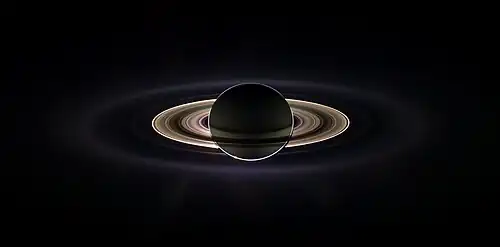
 |
Here are some tasks awaiting attention:
|
Related portals
Related WikiProjects
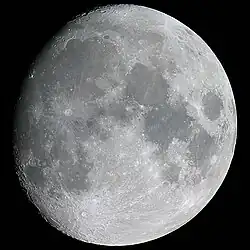
|

| |
| Solar System | Moon | Mars |
|---|---|---|

|

| |
| Astronomy | Astronomical objects | Spaceflight |
Associated Wikimedia
The following Wikimedia Foundation sister projects provide more on this subject:
-
Commons
Free media repository -
Wikibooks
Free textbooks and manuals -
Wikidata
Free knowledge base -
Wikinews
Free-content news -
Wikiquote
Collection of quotations -
Wikisource
Free-content library -
Wikiversity
Free learning tools -
Wiktionary
Dictionary and thesaurus
-
 List of all portals
List of all portals -

-

-

-
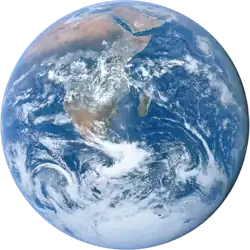
-

-
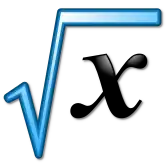
-

-

-

-
 Random portal
Random portal -
 WikiProject Portals
WikiProject Portals
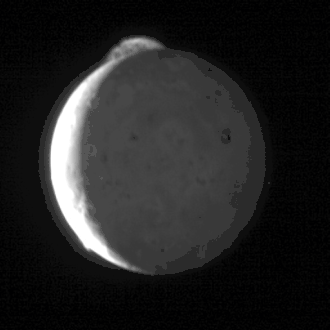

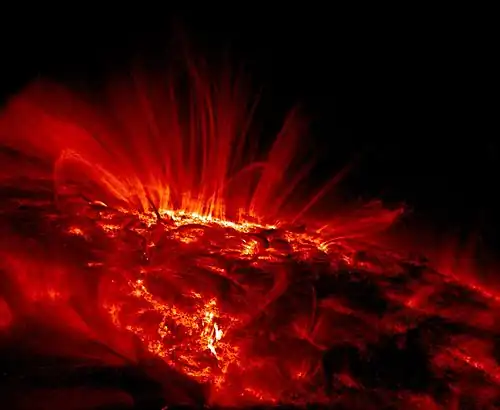

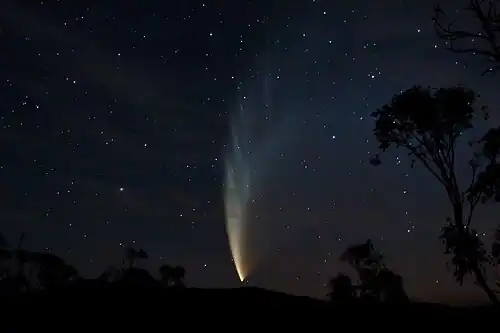
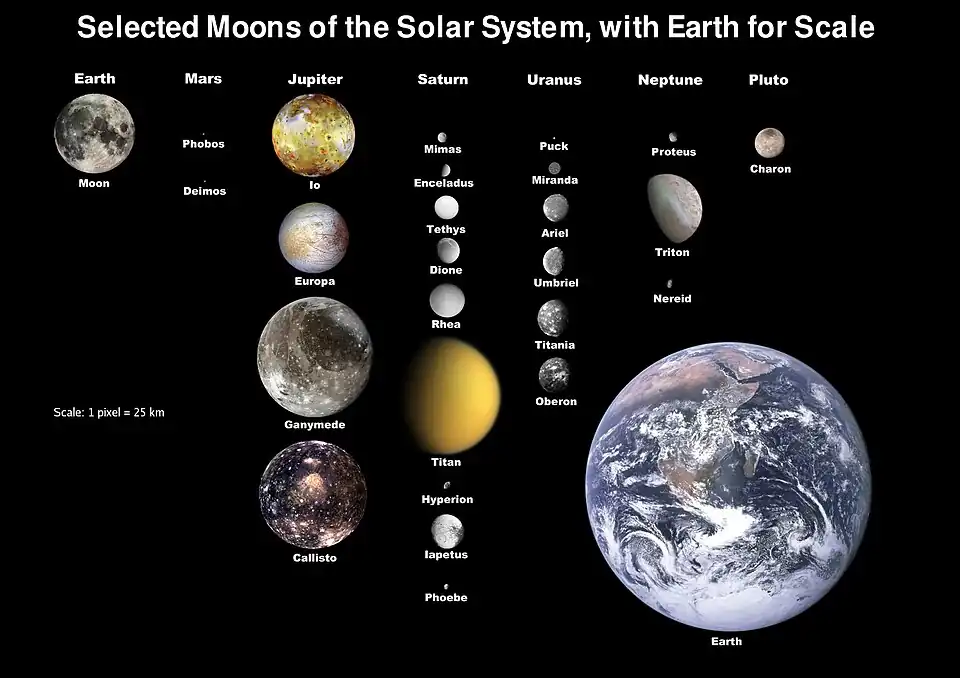

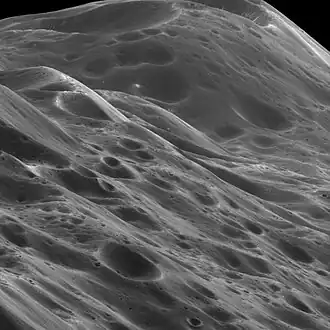
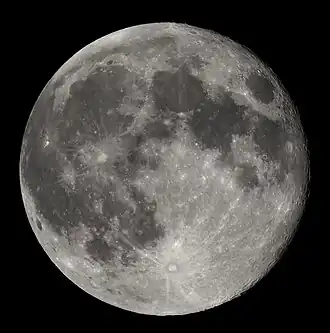
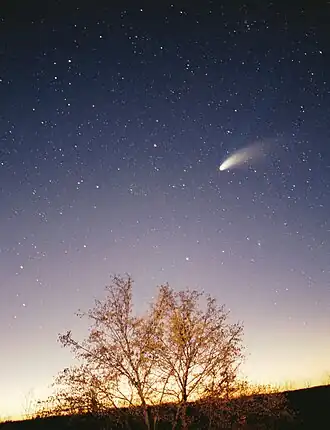
.jpg)
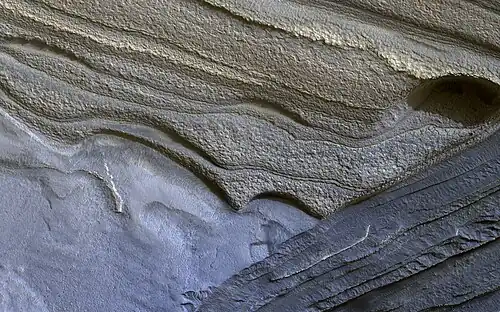

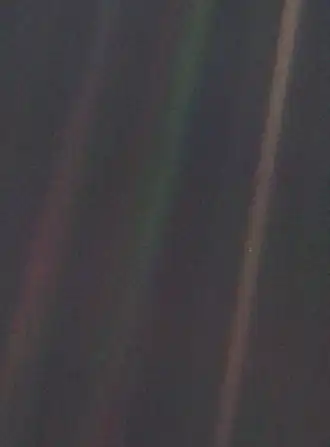
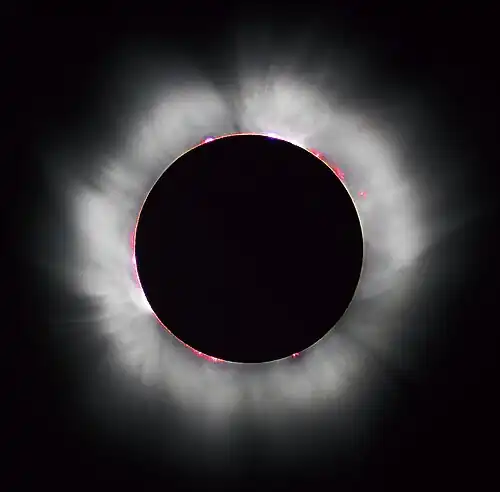

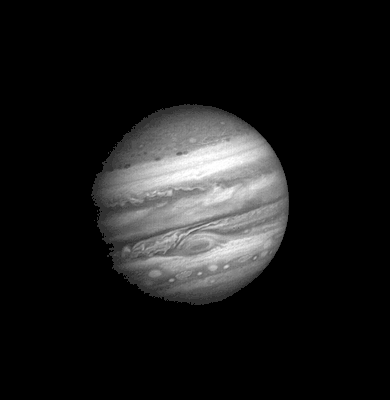

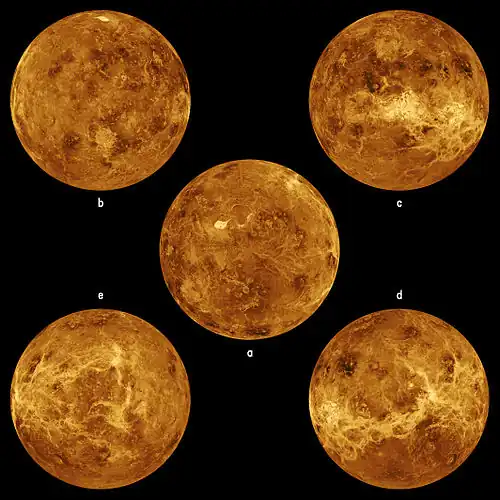
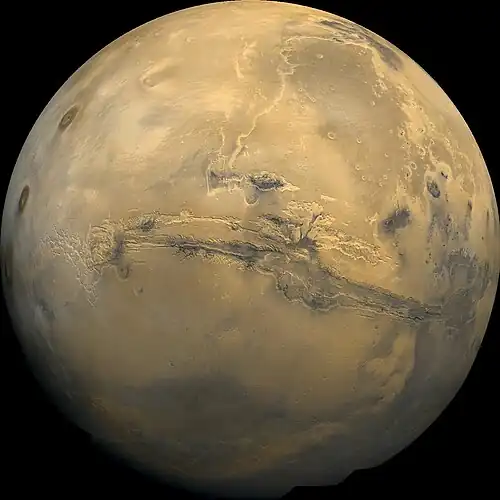
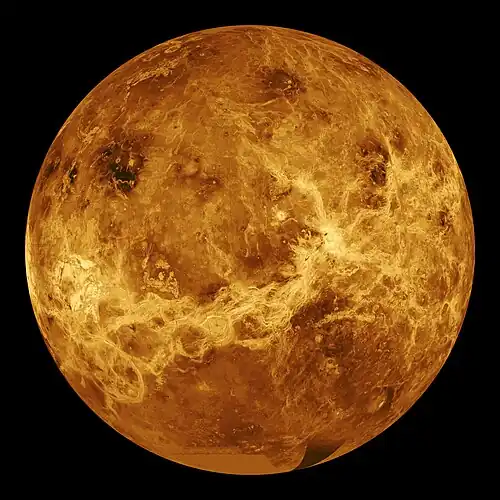

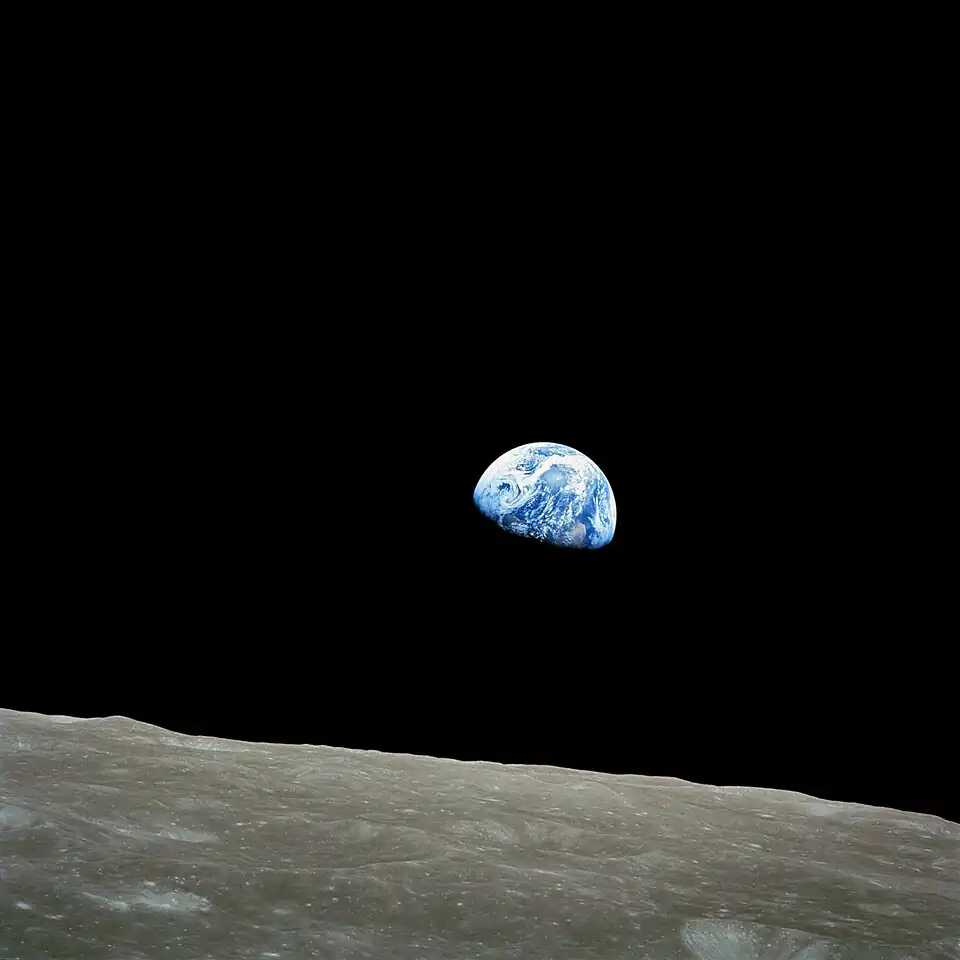
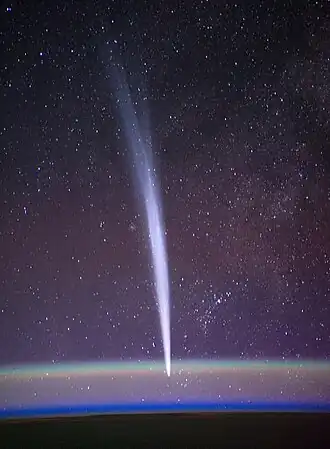
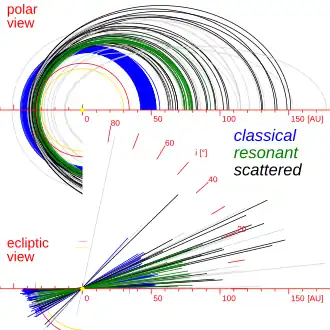


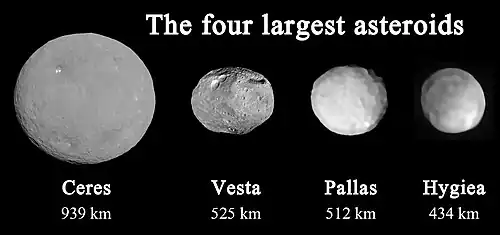
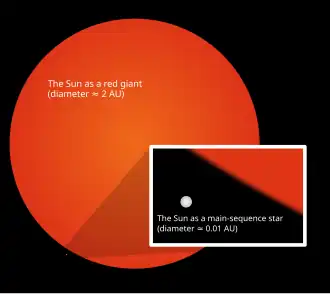



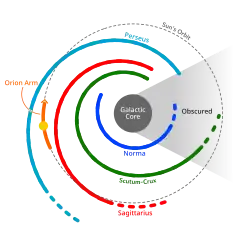
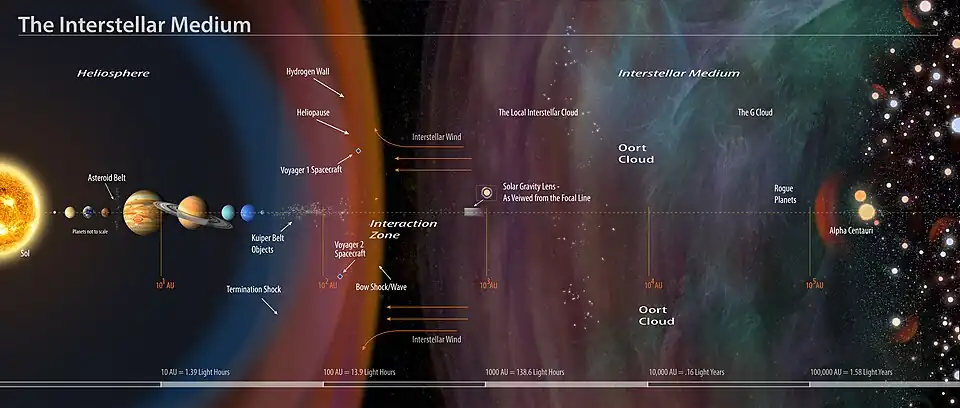
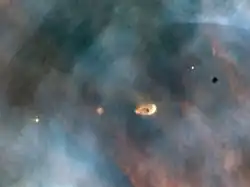
.jpg)

.jpg)
.jpg)
